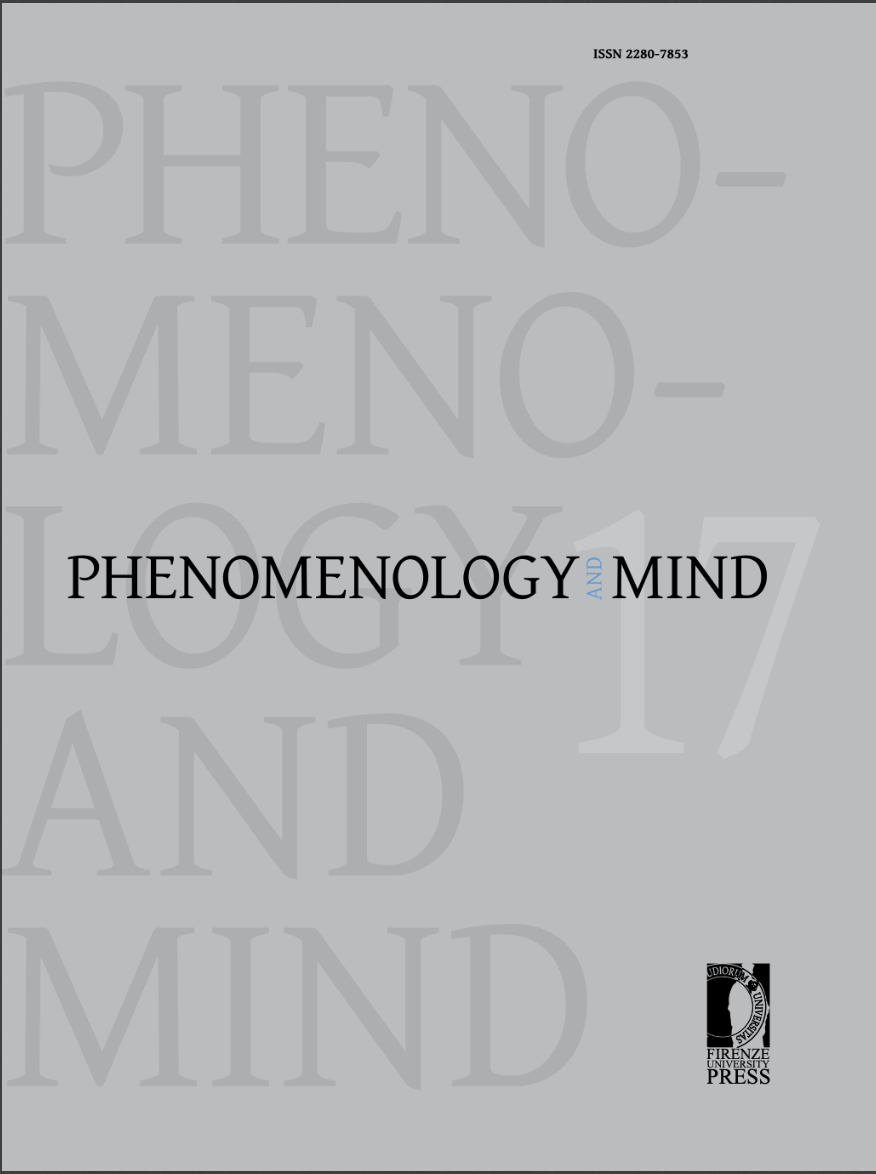Session 3. Art, Depiction, and Perception
Published 2018-09-21
Keywords
- trompe l’oeil,
- picture perception,
How to Cite
Kulvicki, J., & Nanay, B. (2018). Art made for pictures. Phenomenology and Mind, (14), 120–134. https://doi.org/10.13128/Phe_Mi-23630
Abstract
Over the last fifteen years, communication has become pictorial in a manner that it never was before. Billions of people have smart phones that enable them to take, edit, and share pictures easily whenever they choose to do so. This has created expressive niches within which new activities, with their own norms, continue to develop. Ready availability of these pictorial modes of communication, we claim, not only constitutes a change in the range of our communicative practices, but also changes the world about which we communicate. Increasingly, we are making a world that’s worth depicting, using the tools we now possess.This paper will unpack one example of this phenomenon, trompe l’oeil street art. More and more of this seems to be produced with the intention that it is seen primarily in pictures. It makes sense that anything someone makes, and wants to be seen, would be made with decent photography potential in mind. You want photos to be able to, as they say, do justice to your work no matter what kind of visual work you make. In these cases, however, the pictures of the work are reliably more interesting than the pieces seen in the flesh.

